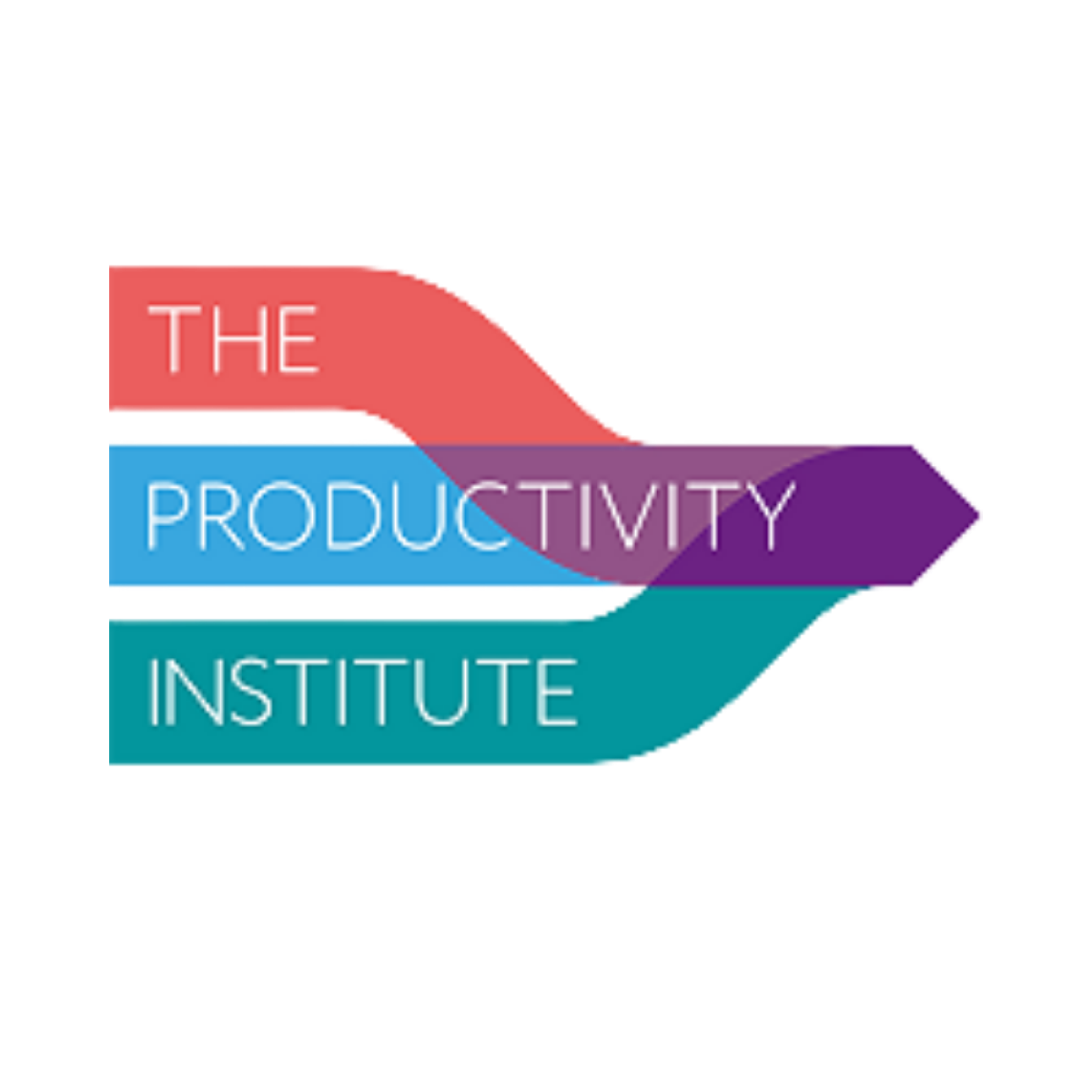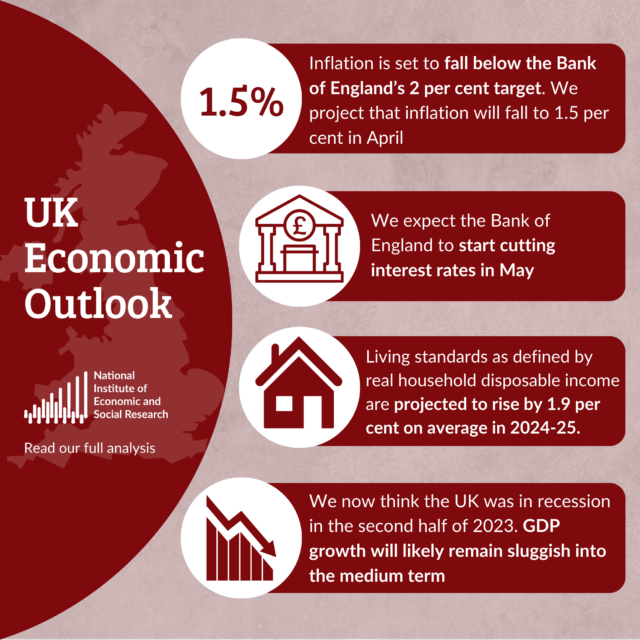Public Investment and Supply
The aim of this project is to investigate quantitatively the link between public investment and productivity growth. We first investigate the channels through which an increase in public investment can affect both the level and growth rate of output, as well as other macroeconomic variables. Based on the insights gained we will estimate the quantitative impact of an increase in public investment on productivity growth and welfare.

Summary & aims
The aim of this project is to investigate quantitatively the link between public investment and productivity growth. When the Office for Budget Responsibility (OBR) is asked to assess the sustainability of a given fiscal plan, it is typically asked to do so over a relatively short horizon. As a result, the OBR will only consider the demand effects of the plan, since the effects on potential output – whether or not they are material – would typically take longer to come through than the horizon they are using to assess whether the government will meet its fiscal rules. And, given that demand effects are short lived, an increase in government spending (absent tax rises) would eventually lead to a rise in the debt to GDP ratio. Hence, the absence of a link from fiscal policy (public investment in particular) to the supply side will act to incentivise governments to scale back on public investment in order to hit their debt and deficit targets.
As a result, levels of public investment in the United Kingdom have been low by historical and international standards (comparable, advanced economies) since the late 1970s. But, higher public investment can boost economic growth through a fiscal multiplier that increases over time and by unlocking private investment. This means that an increase in public investment could actually lead to a lower debt to GDP ratio in the long run.
This work will contribute to the literature on the effects of public investment by concentrating specifically on the link to private investment and productivity. Although, much work has been done looking at the effects of particular investments by the public sector, to the best of my knowledge, the links between public and private investment and productivity remains a relatively under-researched area.
Methodology
We will first investigate, using a theoretical model, the channels through which an increase in public investment can affect both the level and growth rate of output, as well as other macroeconomic variables. The model we have in mind would be one of ‘endogenous growth’ where increases in public investment affect the marginal productivity of private capital. The remainder of the model would be a standard New Keynesian DSGE model in which price rigidities result in demand shocks, eg, from government spending on consumption and investment, having a positive temporary effect on output and inflation. We will also need to add a motive for holding government bonds such that the debt to GDP ratio becomes an endogenous variable. This could be done via a Tobin-style ‘portfolio allocation’ set of equations as is a standard feature of ‘Stock Flow Consistent’ models.
Based on the insights gained from this exercise, we will then use NIESR’s Global Econometric Model, NiGEM, to estimate the quantitative impact of an increase in public investment on productivity growth and welfare (suitably defined). To the extent we can within NiGEM, we will distinguish between investment in infrastructure, research and development, and, in particular, the green transition. We may need to make some adjustments to NiGEM in order to make the exercise interesting. (A standard full-country model within NiGEM only allows public investment to affect productivity via a pure ‘capital deepening’ effect.) And we will carry out robustness analysis to determine the extent to which our estimated effects depend on particular parameters within the model.
Principal Investigator

Researchers
























